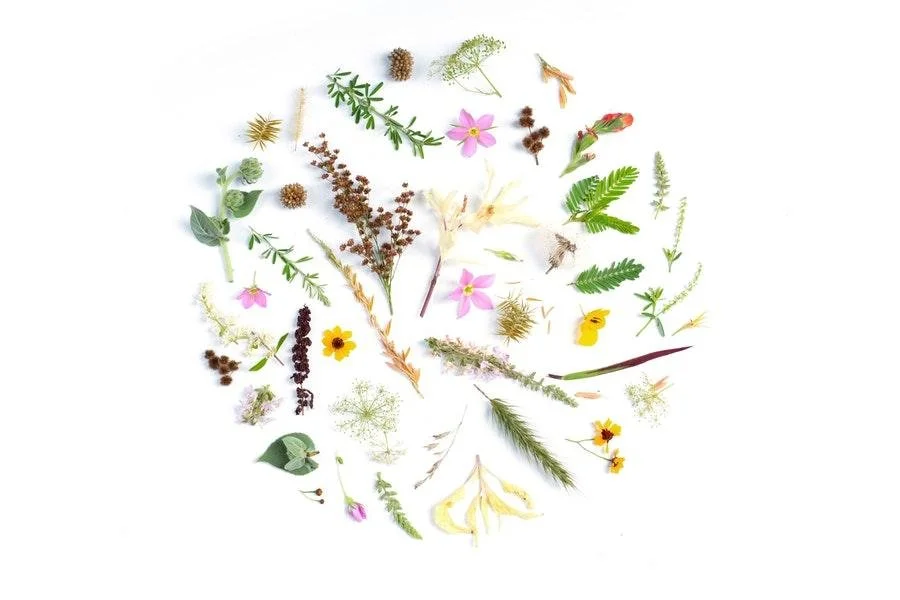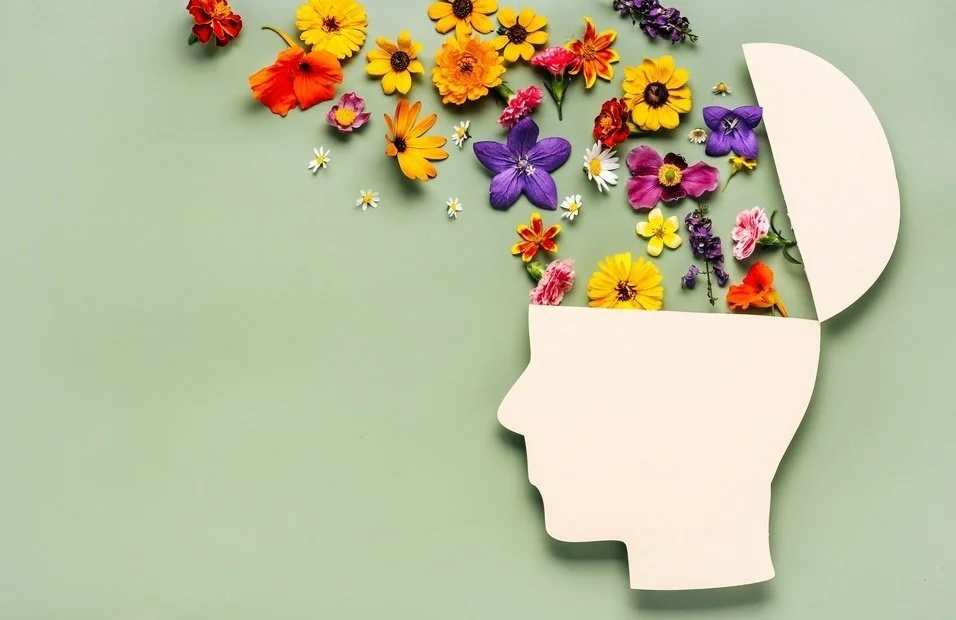How Mandalas can Help Well-Being
What is a Mandala?
Creating mandalas can help well-being and reduce anxiety. The word mandala literally means “circle.” Mandalas can be found in nature and in the universe, and are often symbolic in various cultures and religions. Mandalas have represented everything from balance and order to religious beliefs and the impermanence of life.
At the most basic level mandalas represent wholeness, unity, connection and harmony. You may be searching for these things at this time in your life, as we all face change, fear and uncertainty during the pandemic.
Mandalas can be simple or highly detailed. They often have symmetry with a design starting in the center.
As children we spent so much time coloring and drawing purely for fun. We explored colors, designs and patterns, and used our imagination. Art making, little did we know, was vital to our development. It helped us mature, develop our minds, be creative and possibly served as a way to escape and relax. For most of us, as we grew older our passion for art making slowly disappeared. Many adults don’t realize that art making is just as powerful and healing for us now as it was when we were kids.
In fact, the first shapes that toddlers draw as they move from scribbles to more realistic figures are circles. Usually they draw cell-like circles with radiating lines, and later they add more details to represent people, the sun, and flowers.
Mandalas can Help Restore Balance
Art Therapists often invite participants to create mandalas to bring about a sense of discovery, focus, awareness and peace. One of the pioneers of psychology and psychoanalysis, Carl Jung, drew mandalas for personal growth and used them with his patients to help them move toward wholeness. He shared, “I sketched every morning in a notebook, a small circular drawing, a mandala, which seemed to correspond to my inner situation at the time.”
Art Therapists use mandalas to better understand the inner world of our clients and to help contain powerful, difficult emotions. Some clients have a meditative experience and produce insightful views of the self and deeper meaning to life’s situations.
The process of making a mandala incorporates both symmetry and flow, and structure with flexibility. As we play and explore through art, within the safety of the circle, the process calls on our ability to be resilient and accept the unexpected.
The process also engages both hemispheres of the brain, restoring a sense of mental and emotional balance. With both hemispheres engaged, our ability to cope with anxiety and regain a sense of control increases. We feel more grounded and discover the space to heal from loss.
How Mandalas can Help Well-being
During this time of uncertainty, I’d like to invite you to create a personal mandala journal for balance and centering. The pandemic has changed our lives as we know it. Your daily routine may look completely different. As you start to rebuild routines, let’s use this opportunity to embrace a simple practice to invite calm. All you need is 5 minutes, a few supplies, and minimal space.
Getting Started
I say practice because art making, like meditation, takes practice. You may want to start your practice with simple mindfulness activities, like keeping your eye out for mandalas around you! Increase your awareness by noting mandala-shaped (circular) objects and their details. Examples include the center of a flower, a gemstone on a piece of jewelry, or a favorite mug. Mandalas surround us and give life, balance and beauty to our world.
Creating A New Practice
Consider the time of day and what feels best. If you want to make mandalas for the purpose of self-discovery and meditation, find an area inside or outside with limited distractions so it can be your sacred space. Be sure to unplug from electronics as well.
You may want to dedicate a specific space, like a notebook at your desk or on your nightstand, to your mandala practice. Keep all supplies handy, such as in a basket or drawer, so you can easily access them. You don’t need much space, especially if you create your mandalas in a journal. If you plan to engage in mandala making in a more spontaneous fashion, keep all supplies in a pencil case or pouch, so it’s portable. This way, when you’re feeling inspired, you have what you need.
Materials
This is your time to be resourceful! If you have art materials at home, that’s wonderful, but many found objects can be used for mandala making! Below are some materials to consider:
Journal
Paper
Plate/Bowl (for tracing a circle)
#2 Pencil
Chalk
Chalk/Oil Pastels
Paint
Colored Pencils
Markers
Seeds
Sand
Flowers
Sticks
Stones
Found Objects
Exploring the Creative Process
If it has been a while since you last made art, start simple. You may initially feel awkward or uncomfortable. Or perhaps the process will awaken enjoyment you haven’t experienced in a long time. Without judgment, try something new and be open to the process regardless of the result. If you can, try to approach art-making as “play,” experimenting with colors, designs, patterns, and symbols, just as a child might do. Let your feelings be your guide. Your finished mandala will be like a snapshot of time. Date it and give it a title if you wish.
Create Mandalas with Others
Mandalas can also be created with a partner, with both people working on one mandala. Or you could invite someone into your space and make separate mandalas, side by side, as a form of shared meditation. Group mandalas are another option, if you want to involve your whole family! Art making is a great activity for families during this time of social distancing. Enjoy the calm, creativity, and fun as you create your daily mandala journal. Discover how the practice of making mandalas can help your well-being.
If you or a loved one is looking for additional support during this time our clinicians are available. Please feel free to reach out to learn more about our telehealth options.






